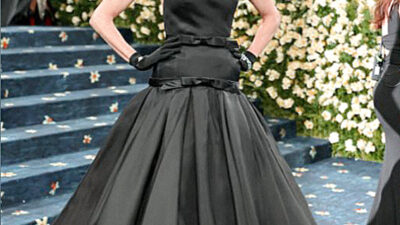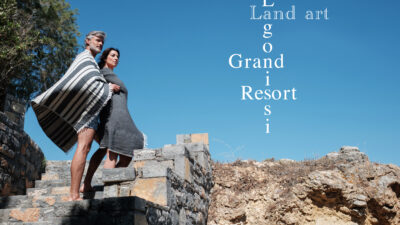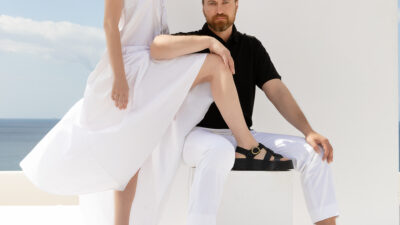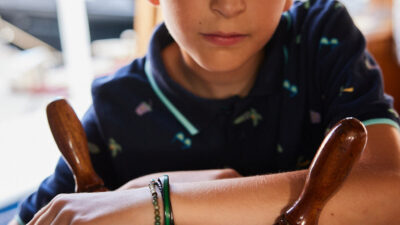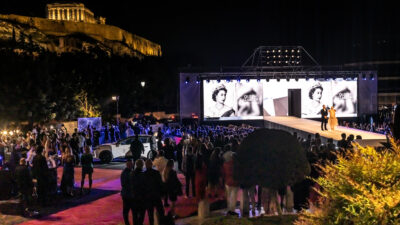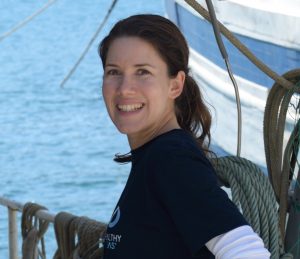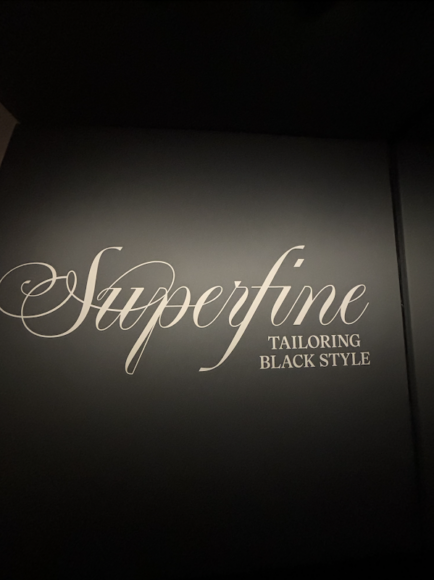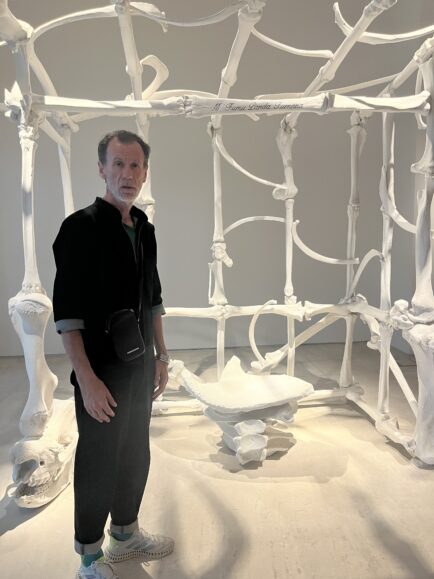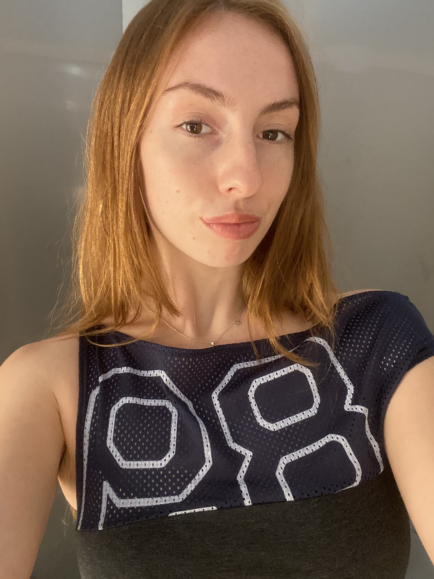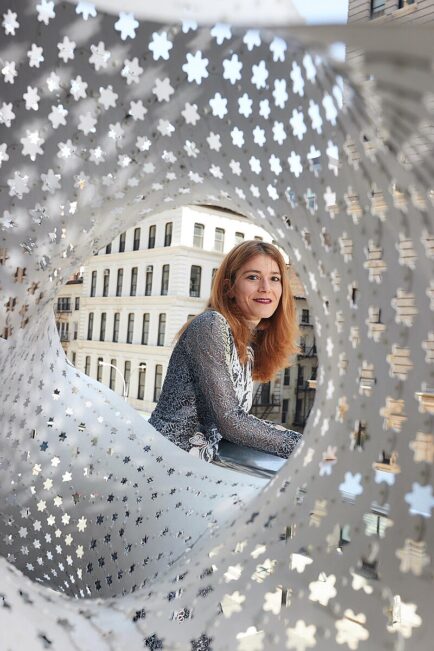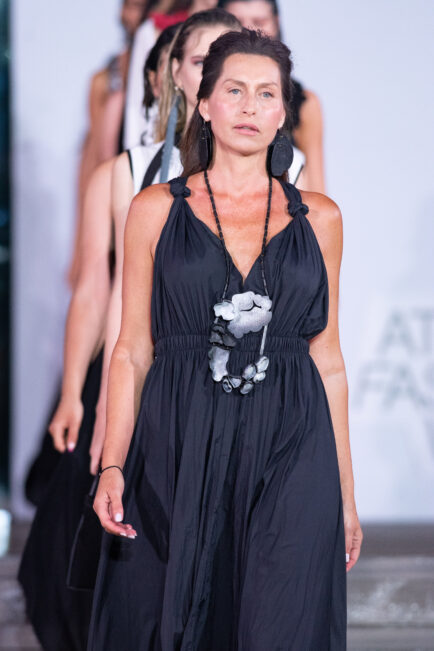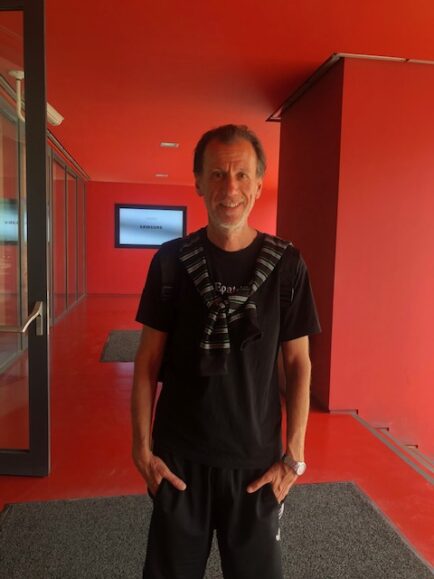Styleodyssey: How have you involved in this process, I mean to dive for cleansing of the waters?
Veronika : My parents raised me to respect and protect nature with all its creatures, including plants and animals. So, it was obvious for me that I want to work for a good cause, create value with my work. I am a kind of idealist, yes.I love to be at the sea in my free time, as much as I can, doing water sports as well. I got so much nice experience there that I want to give something back. Help to keep her clean and healthy is one way to do it.I love the sea. It’s power, freedom and beauty.The underwater world is hidden for most people. The divers saw the drama happening down there with the pollution and they were determined to do something about it.
 Styleodyssey:Your personal view of how much the seas have been polluted and how dramatically does it change day by day…
Styleodyssey:Your personal view of how much the seas have been polluted and how dramatically does it change day by day…
Veronika : Healthy Seas is focusing on an internationally recognized problem: marine litter and more specifically waste fishing nets which has negative impacts on human health, marine wildlife, marine ecosystems, (beach quality, navigational safety), but also the economic well-being of states and fishing and maritime industries.It is a global problem that requires urgent action. Every year, some 640,000 tonnes of fishing gear are left in our seas and oceans.These discarded, lost, or abandoned fishing nets are sometimes called “ghost nets”, often found on and around shipwrecks which are highly important places for marine wildlife. Millions of marine animals, including dolphins, seals, turtles and birds suffer because of entanglement in these nets which leads to serious injuries and death eventually. Ghost nets ‘continue to catch and kill’ marine animals, not only fish.These nets are plastic waste which now can be found in every ocean and sea on earth.Since the start of the twentieth century plastic, this mineral, oil based material has blazed a triumphant trail through the world of consumption. It is economical, simple to process, and can be given almost any required quality. Our everyday life is full of plastic, and its presence in our surroundings is constantly growing.Unfortunately we produce too much waste, not only plastic waste, but waste in all kinds of materials, including packaging and food waste at household level for example.Strategies of “reduce, reuse, recycle” should be very important in our everyday life and of course “replace” wherever it’s possible. Products made of natural materials are available and the consumers can choose between those. Styleodyssey:Give me some details about the whole process, from waste to wear…
Styleodyssey:Give me some details about the whole process, from waste to wear…
Veronika : Healthy Seas, a Journey from Waste to Wear’ aims to remove waste, in particular fishing nets, from the seas for the purpose of creating healthier seas and recycling marine litter into textile products. The recovered fishing nets are transformed and regenerated into ECONYL® yarn, a high-quality raw material used to create new products, such as socks, swimwear, underwear and carpets.Healthy Seas applies a two-way approach in order to achieve its mission. Namely, recovering ghost fishing nets from our seas (with the help of divers and salvage companies) and preventing that waste fishing nets will end up in marine ecosystems or in landfill (with the help of fishermen and fish farms).Healthy Seas provides a showcase at European level for circular economy and sustainability while highlighting that waste is too valuable to be wasted.There are several important initiatives to clean up and safeguard the seas. The nets collected by Healthy Seas are not sent into landfills or burned. Instead, they are recycled in order to create high-quality products what the public, the consumers can recognize and choose. And with their choice of buying something good, they support a good cause and this way more sea clean-ups can be organized. Sustainability is the focus, from both the environmental and economic point of view.The fishing nets collected by the Healthy Seas initiative are delivered to a plant in Ljubljana, Slovenia, where they are prepared for the ECONYL® Regeneration System. It is an innovative process to regenerate waste fishing nets and make nylon yarn. The factory in Slovenia is unique and the only one in the world.The process is an industrial innovation which is actually not recycling but regeneration, upcycling. Recycling always results in a lower quality of something either paper or plastic, you can touch, see or smell the difference compared to the original material. However, in our case exactly the same high quality polymer (nylon yarn) can be produced from fishing nets than from virgin oil.Besides, the recycling contributes to resource efficiency and a substantial reduction in climate impact since ECONYL® polymer generates 55% less CO2 emissions than virgin polymer. Also very interesting that this nylon yarn can be regenerated endlessly without quality loss.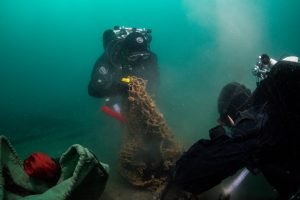 Styleodyssey: I’m considering if there is any efficient way to deter fishermen from polluting by fishnets abandoning?
Styleodyssey: I’m considering if there is any efficient way to deter fishermen from polluting by fishnets abandoning?
Veronika : Most fishing gear is not deliberately discarded. The accidental loss of a certain amount of fishing gear is inevitable. This can be due to the 1) natural environment where fishing takes place, 2) extreme weather conditions, 3) strong currents and also 4) the technology used. The main causes of lost fishing nets are gear conflicts (e.g. when active trawlers pass through an area where static nets are positioned). This is more likely to occur if the space in which these 2 gear types are operated is limited (i.e. spatial pressure). Healthy Seas is not only focusing on the collection of fishnets and recycling, but trying to achieve more: awareness raising about the problem of marine litter and the possible solutions; developing the right attitude among fishermen and other stakeholders of the fishing industry to become more sustainable in their operations.The fisheries schools are now incorporating the responsible handling of waste fishing nets, recycling and circular economy in their curriculum. Education and awareness raising activities are key to spread the word about marine litter and the importance of clean and healthy seas.
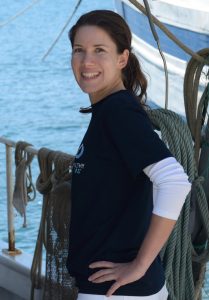 Styleodyssey: How easy is this kind of life for a girl?
Styleodyssey: How easy is this kind of life for a girl?
Veronika : I am living for my work in a way, enjoying every moment of it and not counting the hours I spent on it, including the evenings and weekends. It is not easy and have to be careful indeed.
Styleodyssey: Do you believe that fashion really helps in sustainability because some people argue that all of this happens just for publicity.
Veronika : Yes, I believe in it. In my opinion sustainability should be part of our life in every aspect, including the food we eat, the cloth we wear… at least that what we should aim for, otherwise we destroy our own future.Linear industrial processes are about “Make, Use, Dispose” and create products that eventually end up in landfills or in incinerators. It’s a loss which comes with a price both for the economy and for the environment. In a circular economy waste is a resource.
Veronika Mikos is the Project Coordinator of Healthy Seas Organisation and I had the opportunity to meet her during a press event presentation about the new collection of Η&M conscious.

